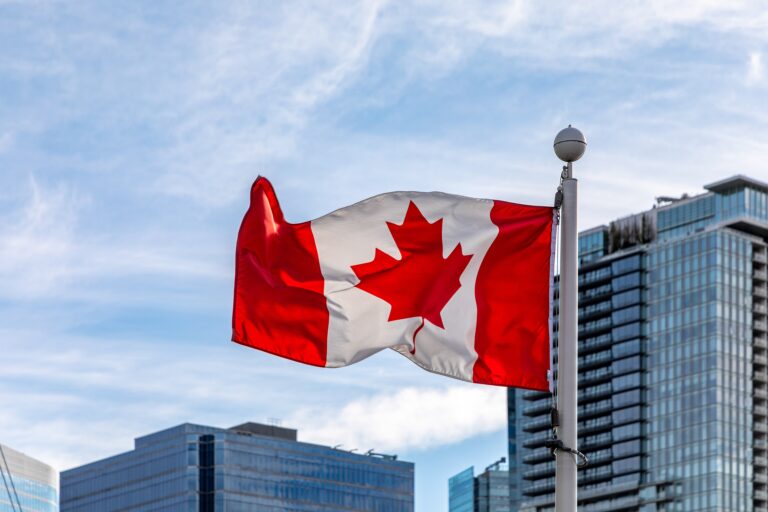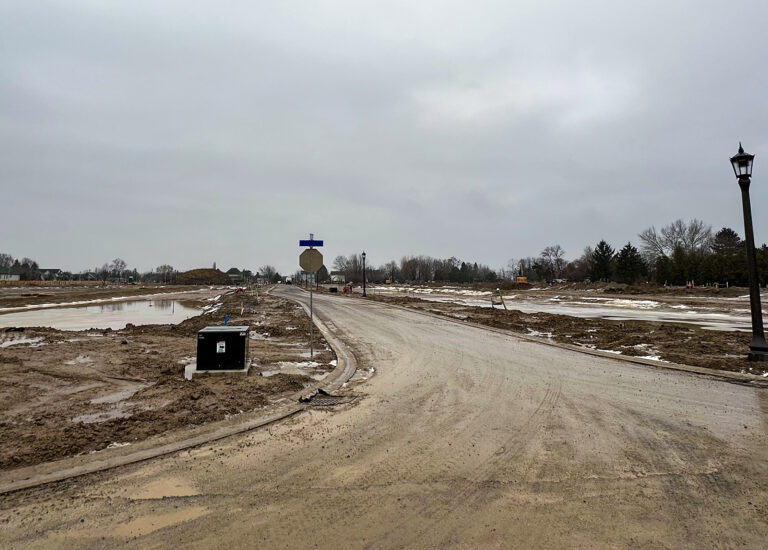Healthy soil is the key to any successful garden. It is the foundation on which a healthy garden is built.
Over the past decades, we have relied heavily upon synthetic fertilizers as a way of trying to produce larger, healthier plants with the hopes of them producing a larger quantity of flowers or fruit.
The one thing that we have forgotten is that the plants are not the only things that need to be fed. The basic principle that gardeners should live by is, “If you feed the soil, the soil will feed your plants.”
We tend to think the plants are the only living component in the garden. We forget the soil is also alive with many different organisms.
The top 12 inches of your soil, where most of your plants' roots feed and grow, is teeming with bacteria, fungi and countless other microscopic creatures.
Most of these are beneficial and some are even essential to keeping your plants healthy. Therefore, the challenge for gardeners is to balance your soil so it provides all the conditions the plants need to thrive.
There are several reasons why the soil in your garden can be out of balance. If you have a newer property, chances are that the good topsoil was scraped away before the house was built.
Repeated use of equipment or foot traffic also compacts the soil and harms its structure. Your soil’s natural characteristics may not be favourable for gardening. Or your soil may be too acidic for the kinds of plants that you would like to grow.
As well, your soil may be depleted of nutrients from overuse. By using a lot of chemical-type fertilizers, the soil’s micro-organisms that are essential for plant growth, may have died off.
So, here is the dirt on soil.
First of all, dirt is what you sweep up from your floor. Soil is much more, an intricate mix of fine rock particles, organic matter, water, air, micro-organisms and other critters.
Managing your soil to keep this living system thriving can make the difference between gardening success or failure.
Soil is nearly half minerals and half water and air. Organic matter makes up only a small percentage of the soil but is critical to its overall make-up. Soil life, including mammals, insects and micro-organisms, transforms organic matter into nutrients to be taken up by your plants.
There are three different types of particles – sand, silt and clay. Even though the size difference between the particles seems insignificant, it is of great importance.
The relative proportion of these tiny particles influences water retention, drainage and fertility. The tiny spaces between the particles are the holding areas for water and for the dissolved nutrients that can be absorbed by roots.
Sand particles measure anywhere from 0.05 to 2.0 millimetres in diameter and are the largest of the three particles. Those larger particles do not fit together as tightly as silt and clay, leaving more and larger air gaps in between.
This means sandy soils drain quickly but may not hold enough water to support many plants. Sandy soils tend to be less fertile as well. If you were to squeeze together a handful of sand, it would not maintain any shape.
Silt particles range in size from 0.002 to 0.05 millimetres in diameter. These particles feel smooth and rather silky. Individual silt particles cannot be seen with the naked eye and are so fine that they cannot be individually felt with your fingers. Silt retains water well and releases it more slowly than sand.
Clay particles are the smallest and measure less than 0.002 millimetres in diameter. Clay forms extremely hard lumps when it is dry and is very sticky when wet. As a result, it retains water well, but it also means water does not drain through it well.
Because the particles are so small there is little air space in between them, which makes it difficult for roots to make their way through the soil. When you pick up some moist clay in your hands and squeeze, it remains in a tight ball shape.
The best soil is a balanced mixture of sand, silt and clay. This type of soil is called loam. Loam is relatively soft and crumbly and slightly gritty to the touch. It will retain and release water at a moderate rate.
Whether you are digging a new garden, planting shrubs or getting your vegetables going, it is always best to amend your soil whenever you have the chance to. The best way to amend your soil is by adding in organic matter such as leaf compost or composted manure.
This will help break down a heavy soil, help sandy soils retain more moisture and provide nutrients to the plants.
Happy digging!
Joanne Young is a Niagara-on-the-Lake garden expert and coach. See her website at joanneyoung.ca.










